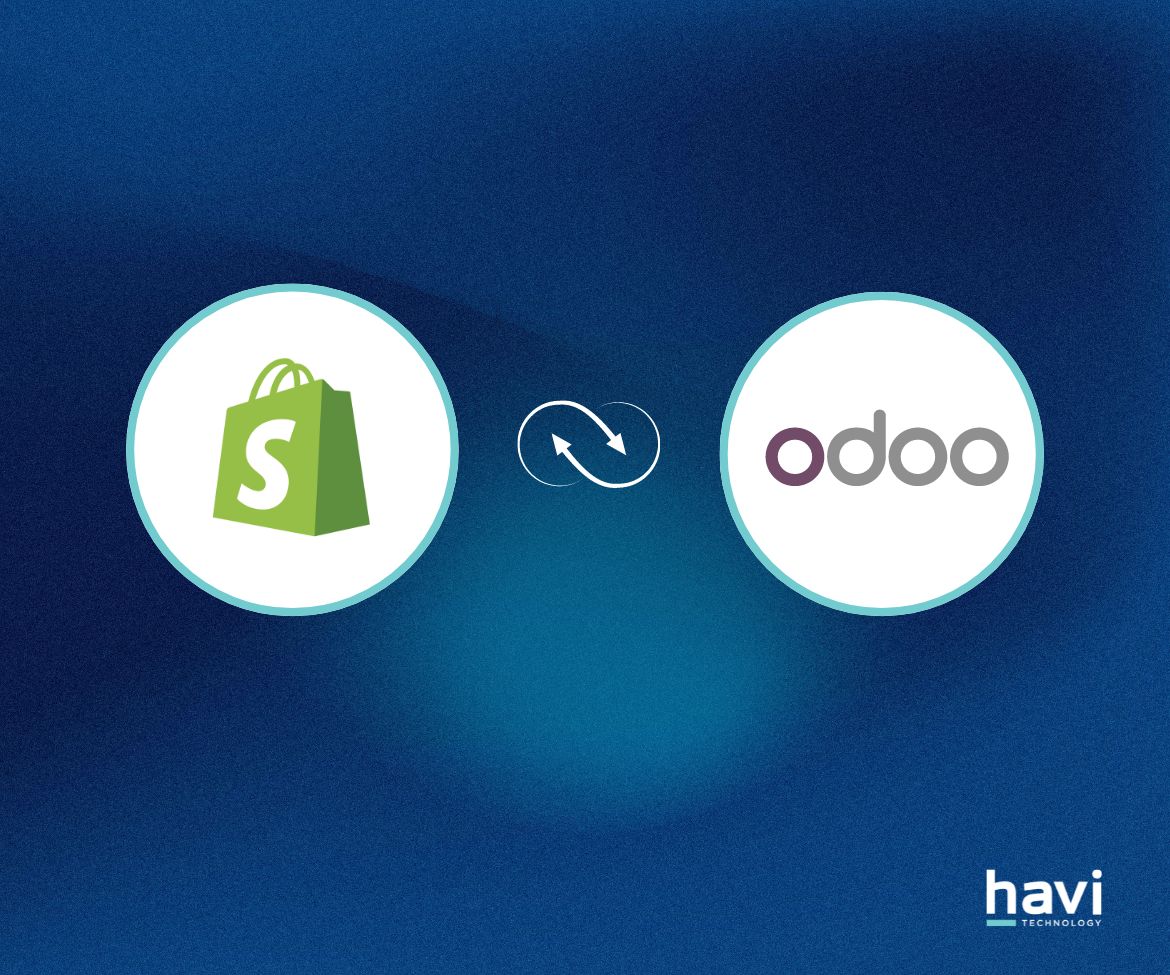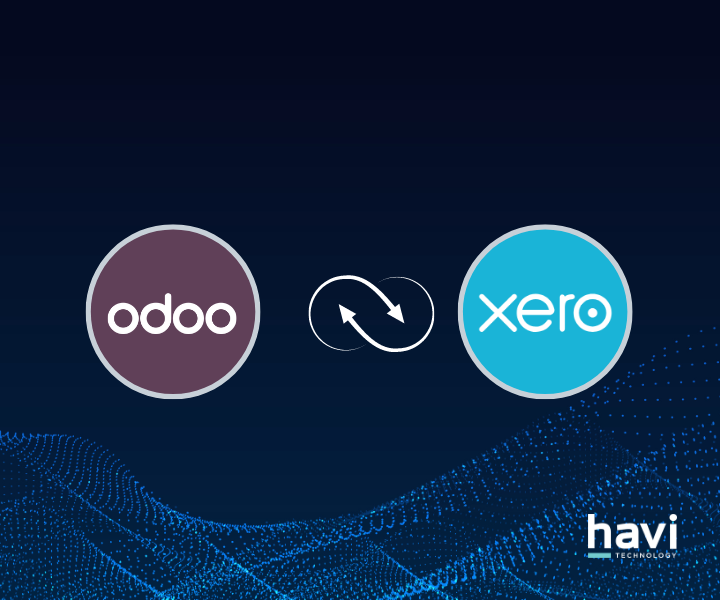TABLE OF CONTENTS
- 1. Website and Customer Experience
- 1.1. Website & eCommerce: Guided Onboarding, New Templates, Google Merchant Sync
- 1.2 Live Chat and Discuss: Expertise Routing, Chat Insights, Status Controls
- 2. Sales, CRM and Subscriptions
- 2.1 Sales: Editable Optional Products, Catalogue Sections, Portal Top-Up
- 2.2. CRM and Marketing: AI Probability, Lead Sources, Kanban Linking
- 2.3. Subscriptions: Prorated Billing, One-Time Sales, Portal Edits
- 3. Inventory, Purchase and Barcode
- 3.1. Inventory and Purchase: Packages within Packages, Forecasted Reports, Suggested Quantity to Replenish
- 3.2. Barcode: Operation Descriptions, Product Source Location, Lot and Serial Number Properties
- 4. Manufacturing, Shop Floor & Planning
- 4.1. MRP: Gantt View, Editable Deadlines, Labour-Based Valuation
- 4.2. Shop Floor & Planning: Barcode Workflows, Shift Scheduling, Routing Edits
- 5. Project, Timesheets and Services
- 5.1. Project and Timesheet: Smart Assign, Mobile Grid View, Priority Alerts
- 5.2. Field Service and Appointments: Calendar View, Technician Tracking, Mass Planning
- 6. HR, Payroll and Expenses
- 6.1. Payroll: Redesigned Engine, Payslip Correction, Unified Master Report
- 6.2. Time Off and Expenses: Odoo Master Cards, Multi-Expense Submission, Complex Duration
- 7. Accounting, Compliance and ESG
- 7.1. Accounting: Peppol Invoicing, Bank Sync, BAS Reports
- 7.2. ESG App: Scope 1–3 Emissions, CSRD Reporting, Auto Category Mapping
- 8. AI, Documents and Sign
- 8.1. AI App: Prompt Commands, Auto Field Completion, Voice and Web Search
- 8.2. Sign and Documents: Bulk Signing, Chatter Integration, Access Controls
- Odoo 19: What’s Coming For Australia?
- 1. Fully compliant Payroll AU with STP Phase 2 and SuperStream
- 2. ABA file payments, Direct Debit for wages/super
- 3. Multi-stream YTD import, backpay, and validations
- 4. 2025–26 tax rules, STSL changes, ATO security
- 5. Peppol invoicing, GST toggle, fringe benefits, BAS automation
- 6. Tyro integration
- 7. Roadmap: SBR BAS lodging, Open Banking, PEL Access, Fiduciary Program
- Odoo 19’s FAQs For Australian Teams
- 1. How should Australian businesses prepare?
- 2. How is Odoo 19 different from Odoo 18 in Australia?
- 3. How can AI in Odoo 19 be tailored for real business outcomes?
- 4. How can I try Odoo 19 or upgrade from my current version?





What is Magento?
Founded more than 10 years ago, Magento is the go-to eCommerce platform with over 220,000 extensions and 800K merchants around the world. Magento is a global leader in digital commerce, transforming the way brands and retailers stay in touch with affluent, technology-savvy consumers. Our industry-leading e-commerce solution for online shopping delivers unparalleled performance, flexibility and scalability to meet rapidly evolving retail business needs.
Magento challenges
Despite its success and presence in the industry, users have requested real-time inventory alerts, powerful reporting solutions and many other enhancements to provide seamless management of inventory and fulfilment.
Customers would be able to see inventory levels and taxes, automatically access purchase history when making order, receive shipment updates and manage product inventory from one central place. Businesses gain insight into their inventories that they can use to make more informed decisions on retail pricing strategies.
Magento is a market-leading eCommerce platform, however, multiple challenges in system scalability, reporting and general commerce development faced the industry. Address these challenges with Magento integration of ERP implementation.
What is ERP?
ERP, or enterprise resource planning, is a flagship of an enterprise. In essence, it is the nerve center of an organisation's day-to-day operations. Because ERP generates and accumulates all the data your organisation relies on for its every day functioning, it is one of the most valuable pieces of business intelligence.
Integrate Magento with ERP
Integrating Magento with an ERP solution eliminates the possibility of data discrepancies, enhancing the reliability of your database and reducing the time interval between when inventory updates start happening and when they are reflected on your website. In this way, you can turn updates from a work assignment to a periodic task that's executed automatically. The bottom line: Your inventory level will always be accurate, so humans don't need to get involved with messy manual tasks.
With all the time spent in managing your instances and managing Magento, things can be a challenge. But with our integration you can gain back your time and money. If you're in a hurry to install, configure, and run Magento-based systems than export production data, drop the configuration file into zip code and wait while data syncs automatically. A few clicks later, you're up and running with an optimised system between two platforms - without altering any hard-coded logic
Our solutions
With the help of an ERP system integrator, Havi has been able to seamlessly integrate Magento with their enterprise resource planning solution. This particular migration allowed them to reap the benefits of tight integration with other enterprise software. Whether you’ve currently got Magento or want one in your store, this integrator can help to increase your efficiency and improve your business operation with all-in-one solutions.